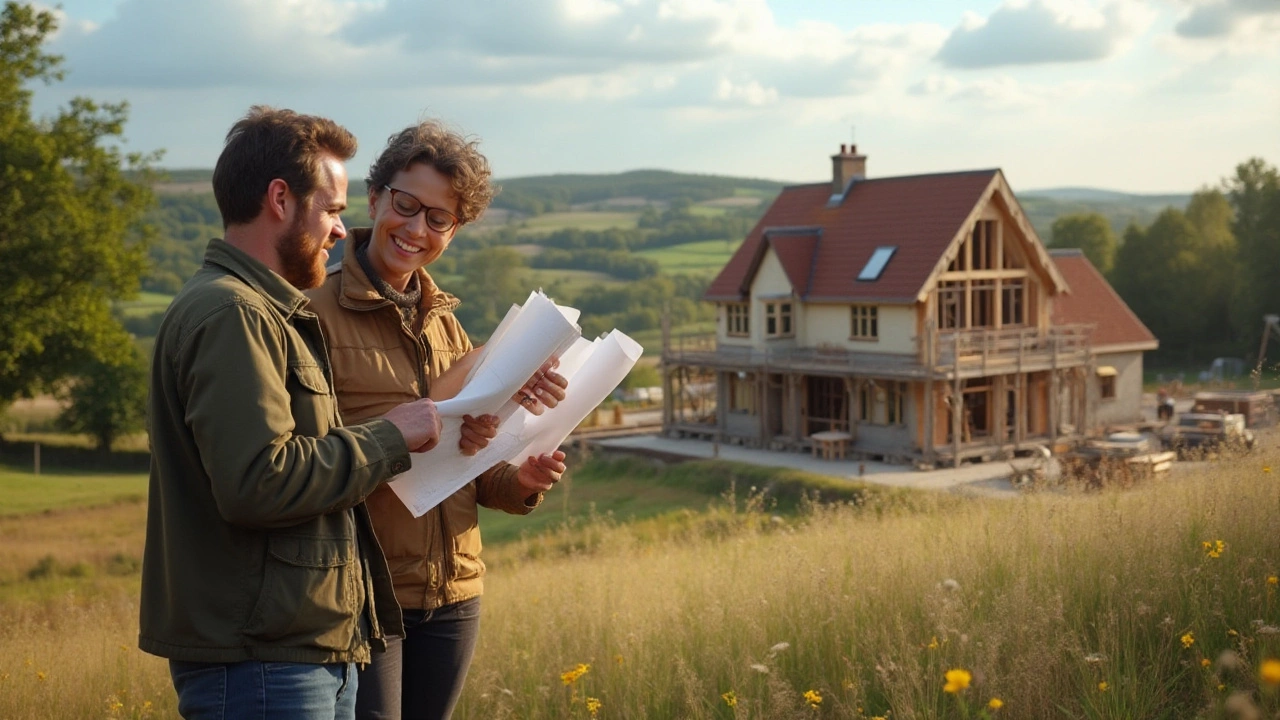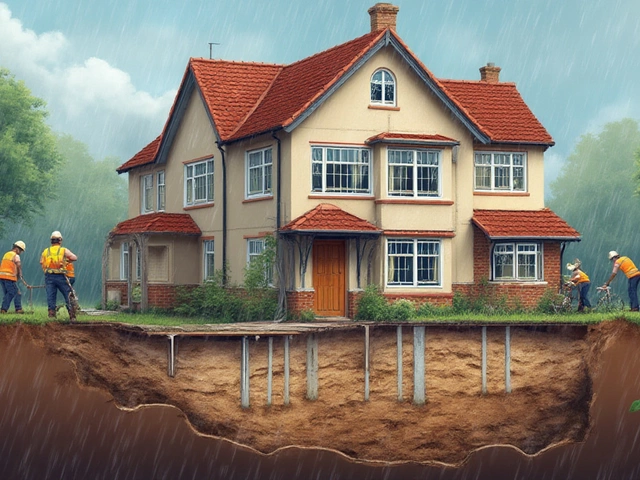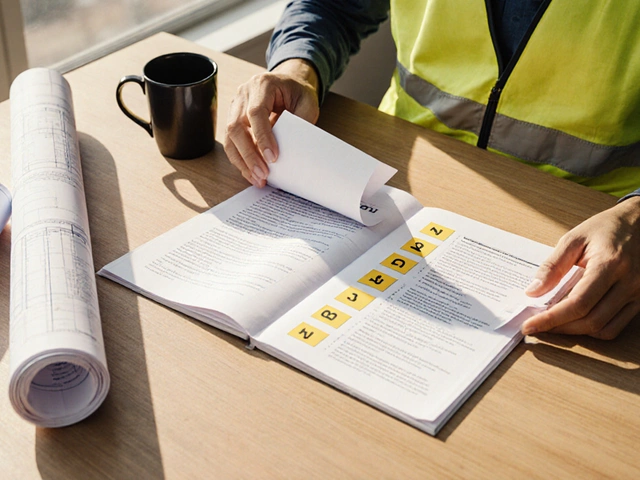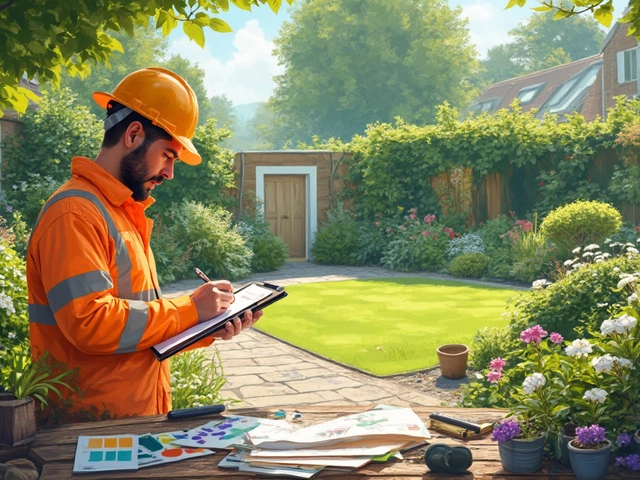Building Drawbacks: Spot the Problems Before They Cost You
When you buy or build a home, you expect solid walls, a dry basement, and a roof that lasts. In reality, many projects hide hidden flaws that bite you later. Knowing the most common drawbacks lets you ask the right questions, catch issues early, and save money. Below we break down the biggest red flags you’ll meet on a construction site or in a finished house.
Foundation Issues You Can’t Ignore
The foundation is a house’s spine. Small cracks might look harmless, but they can signal soil movement, water infiltration, or even structural failure. Look for vertical cracks wider than a hairline, stair‑step cracks in brickwork, or doors that start to stick. If you notice damp spots on walls, that often means water is seeping through foundation joints. A quick professional inspection can tell you whether a simple sealant will do or if you need underpinning, which can cost thousands.
One cheap mistake is assuming all foundation work is the same. Different soil types—clay, sand, or peat—behave differently under load. In the UK, areas with high clay content may swell after rain, pushing against the footing. Knowing your site’s soil helps you choose the right footings and drainage. A properly installed French drain or perimeter waterproofing membrane can keep water out and stop cracks from widening.
New‑Build Surprises and Renovation Pitfalls
New builds seem pristine, but they can harbor hidden moisture. Modern homes are airtight, which traps humidity inside if ventilation isn’t balanced. Mold often shows up in basements or behind walls a year after move‑in. Keep an eye on any musty smell, especially after a rainy spell. Installing a dehumidifier or adding vent grilles can flush out excess moisture before it becomes a health issue.
Renovations bring their own set of drawbacks. Skipping the “dry‑fit” stage for kitchens or bathrooms can lead to costly rework. A dry‑fit lets you check clearances, plumbing routes, and cabinet layout before any cutting begins. It’s a small time investment that prevents surprise trips to the hardware store. Also, never assume every contractor knows the local building codes; ask for proof of compliance to avoid fines or forced re‑work.
Roofing is another area where shortcuts bite. The cheapest shingles might look fine in the showroom, but they can break under UK weather. Check the warranty length and look for products with a minimum 25‑year guarantee. When a roofer quotes per square, ask what’s included—underlayment, flashing, disposal of old material—and compare total costs, not just the per‑square rate.
Finally, don’t overlook the hidden costs of landscaping and external works. Poor grading can send water toward the house, undoing all the foundation work you paid for. A simple re‑grade or installing a retaining wall can keep water flowing away, protecting both the building and your garden.
By keeping an eye on these common building drawbacks, you give yourself a better chance to act before a small issue becomes a big bill. Use this checklist next time you walk a site or inspect your own home: check foundation cracks, test for moisture, confirm proper ventilation, verify dry‑fit plans, and question any low‑ball roof quotes. A little diligence now saves you headaches—and cash—later.
Disadvantages of Building Your Own Home: What to Consider

Building a new home from scratch can be an exciting adventure, but it comes with its own set of challenges and drawbacks. Potential homeowners must be prepared for potential budget overruns, unexpected delays, and emotional stress that can accompany the building process. Additionally, dealing with complex regulations and choosing the right location are crucial factors that can impact the project's success. Taking these cons into account can help individuals make informed decisions about pursuing their dream home. Be aware of the pitfalls to effectively navigate the path of new home construction.
read more



